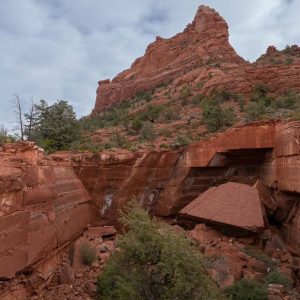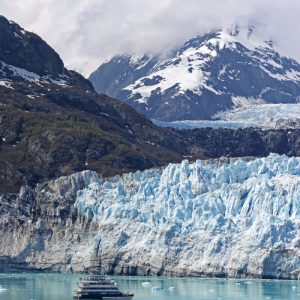Just because you or someone you know has a disability doesn’t mean you can’t enjoy America’s national parks.
That’s because the National Park Service has been working to ensure that everyone can experience national parks, even before the Americans With Disabilities Act of 1990.
It’s been a long process. But as facilities get renovated, as new programs are premiered, and as new technologies are rolled out, the change is now widespread and dramatic.
If you haven’t looked at access lately, you may be in for a surprise.
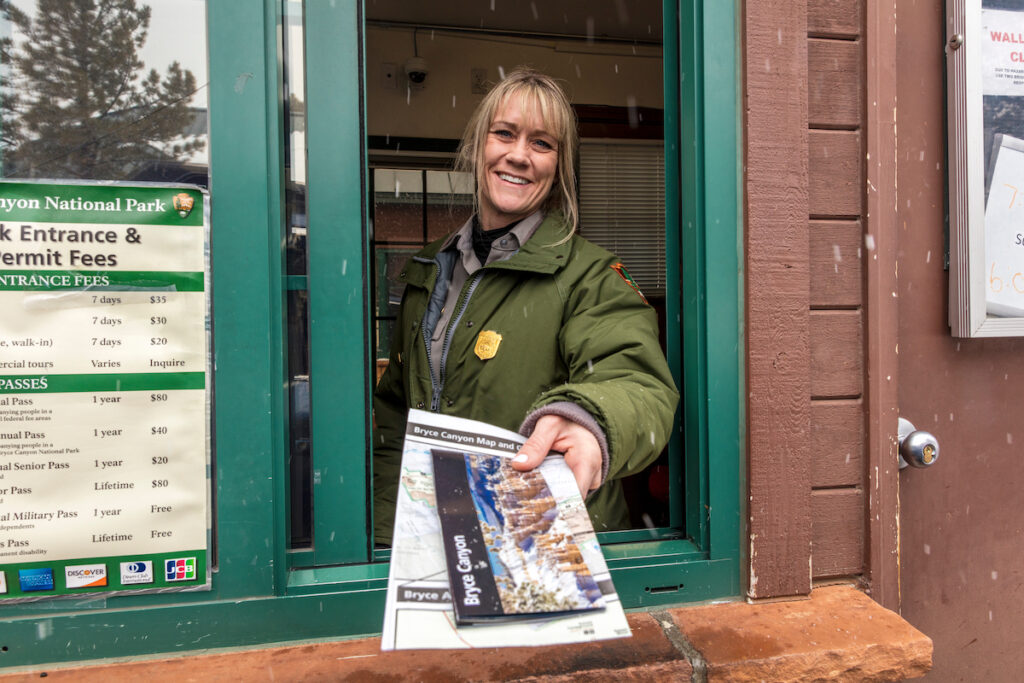
I’m a retired park ranger, with 25 years of experience welcoming people to national parks. To get the latest update on accessibility in the parks, I spoke with current NPS employees whose job is to ensure parks provide an accessible experience to all.
Let’s go over some of the areas where people’s ability to experience the parks are challenged, and how parks are responding to meet these challenges
Then I’ll tell you how to find parks with outstanding accessibility programs to help you plan your next trip.
Finally, we’ll look at some parks that are stellar examples of accessibility.
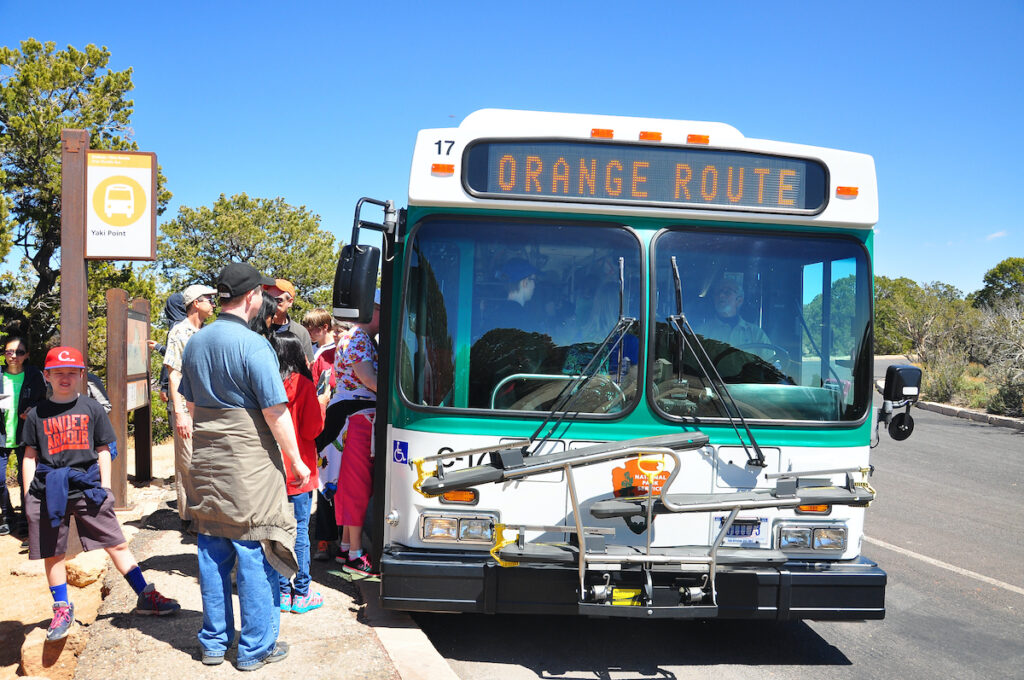
Mobility is an issue for many of us, whether it’s being in a wheelchair, or just not being able to get around as well as we used to. Parks have taken on mobility challenges with what you’d expect, such as ADA-compliant buildings, restrooms, and shuttle buses, but there are also a growing number of accessible campgrounds, trails, beaches, and fishing areas.
For those with hearing issues, ranging from hearing impairment to deafness, a growing number of parks have American Sign Language interpreters, audio assist technology, or captioned or printed audio-described versions of audio presentations.
For those who are visually challenged, ranging from blindness to low vision, a growing number of parks have audio tours of park roads and park exhibits you can download to your own portable devices. Others have audio players to lend. And parks are expanding exhibits and presentations featuring tactile activities allowing you to experience the park by touch, and have added sounds and multisensory experiences.
Pro Tip: Download the driving audio tours and play them as you drive, disability or no. It’s like having a tour guide in the car. If you’re going to a park and want to see if there’s an audio tour available without searching its website, just search Google for “audio tour” followed by the name of the park.
Parks also help people with cognitive and emotional needs, whether it’s by having quiet places, information to keep you aware of possible environmental stimuli, or in designing exhibits and presentations with these needs in mind.
And finally, many parks will provide additional information about their accommodation of trained service animals. Emotional support animals are not covered by the ADA, so they usually don’t receive access to areas where pets aren’t permitted.
The most important thing you can do for a successful trip when there are special accessibility needs is to do your research. When you plan your trip, check out the park online, or contact it regarding your needs.
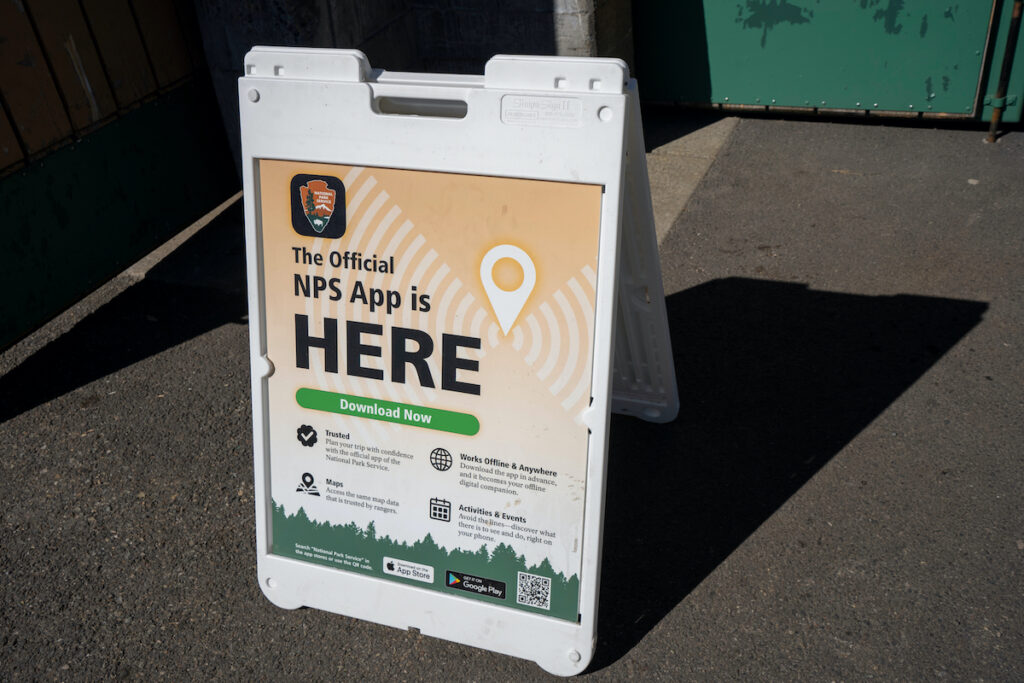
Each park website has accessibility information, either on the web or on the NPS app for mobile devices. Pick your park and look under the “Plan Your Visit” heading for accessibility.
Not all parks are at the same level of achievement when it comes to accessibility. Here are some exceptionally noteworthy examples. Take a look at their accessibility web pages, too. So you’ll know good examples when you see them.
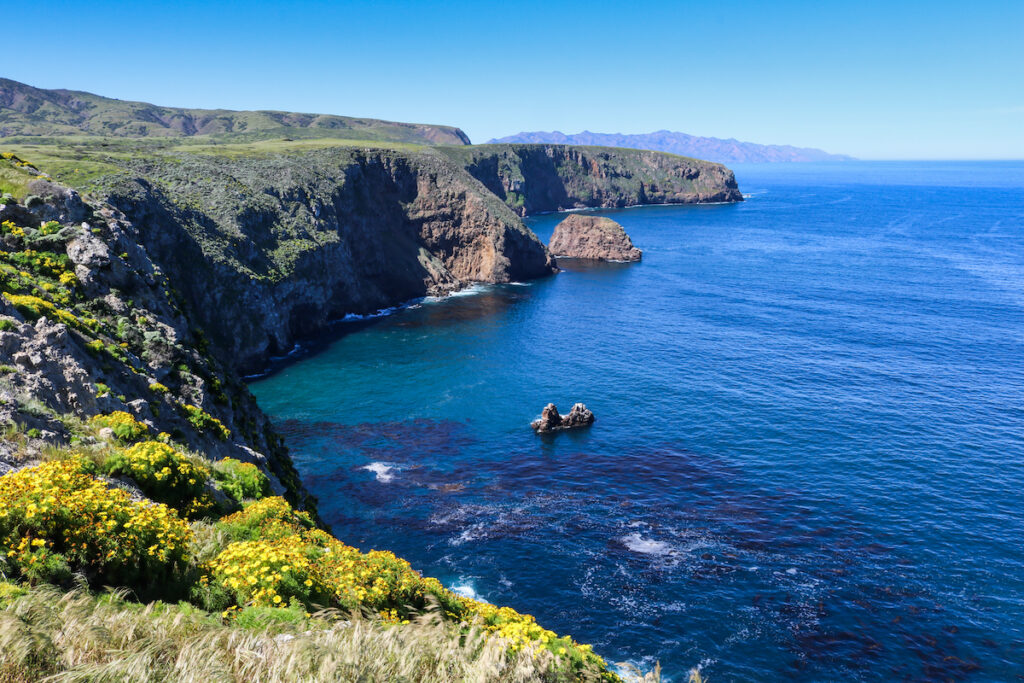
Contents
1. Channel Islands National Park
Access to the park is by boat, and the park has guidance to the limited transportation available, and to island trails for people with mobility impairment.
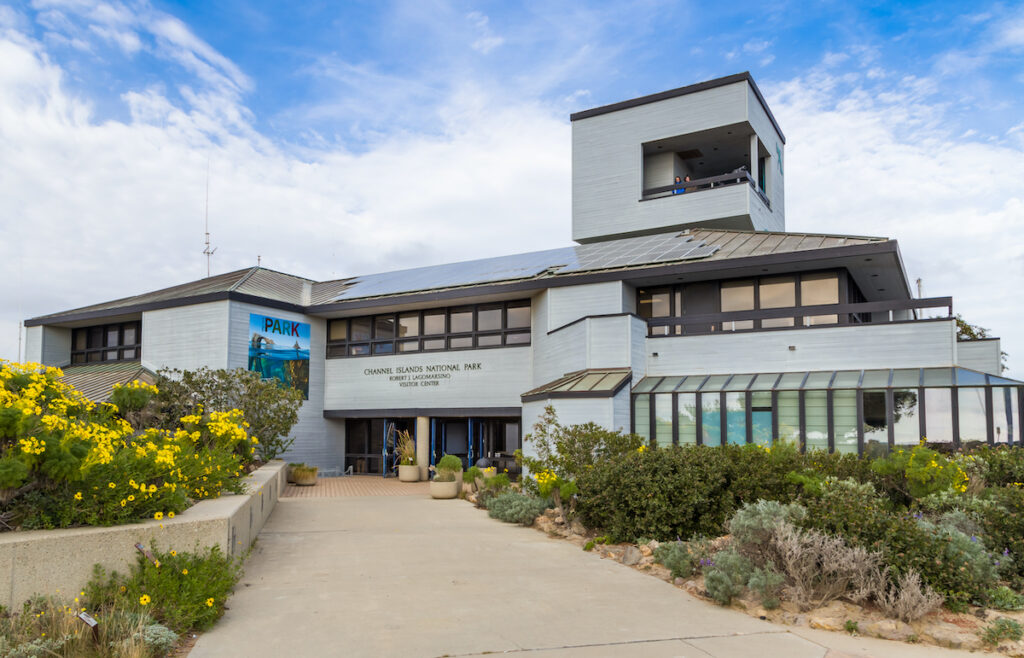
The park visitor center, however, is designed to create an ambient environment like being on the islands themselves. There are tactile exhibits, sounds, surfaces, and live streaming video from the islands. And because the visitor center is surrounded on three sides by water in Ventura harbor, you experience the smell of the ocean when you visit.
The website features virtual tours of the islands using Google Trekker, so you can do a virtual hike of the islands from home.
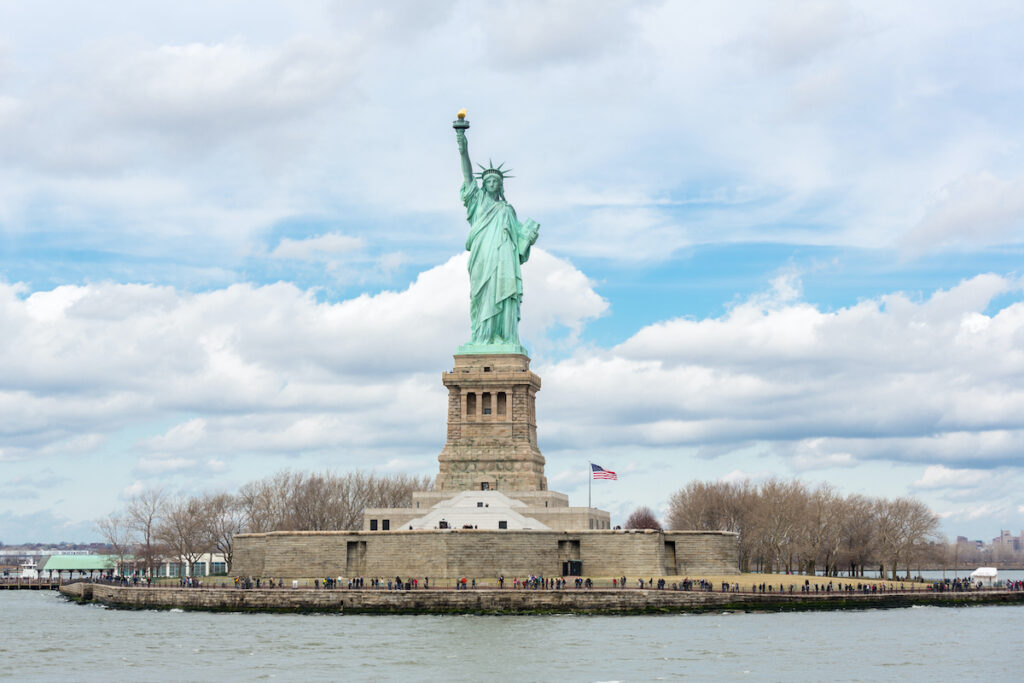
2. Statue Of Liberty National Monument
Don’t let mobility issues stop you from visiting the crown of the Statue of Liberty. The park has wheelchairs available to loan, and an elevator can take you to the very top of the crown. The website gives you guidance on other options in the pedestal and on the stairs.
Exhibits feature tactile exhibits. There are ASL and assisted audio tours available, and the grounds, restaurant, and boat operations are all designed for accessibility.
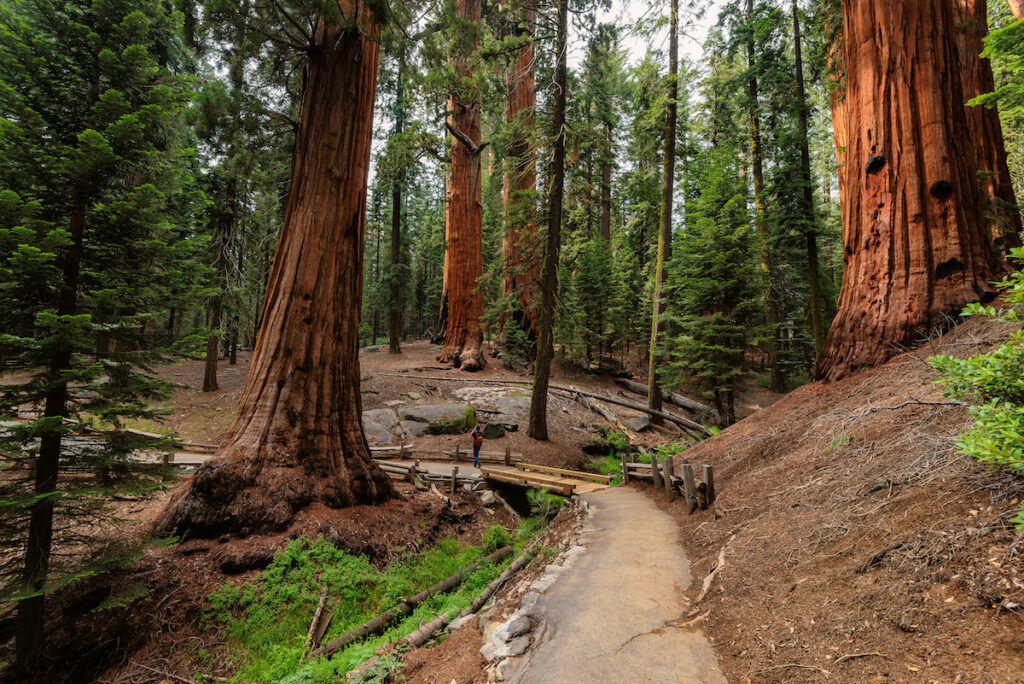
3. Sequoia-Kings Canyon National Parks
Sequoia and Kings Canyon National Parks receive high marks from those-in-the-know about NPS accessibility. And for good reason.
The park has released a series of films on accessibility in the park. They’re on the park website. They are there to guide you to the many accessible trails, areas, and exhibits.
All visitor center films have some sort of audio assist technology to aid those with hearing issues.
The park emphasizes the Crystal Cave tour, which is accessible to people with impaired hearing by means of electronic tablets on loan for the trip, including pre-recorded videos with an American Sign Language interpreter.

4. Cape Cod National Seashore
Sand is an obvious obstacle to mobility. Cape Cod is an example of a beach park that does an excellent job of helping overcome it.
Beach mats are like portable rollout walkways that make a wheelchair trip to the water’s edge possible.
There are beach wheelchairs available for use on sand. Not only are there accessible restrooms, but there are accessible changing stations and showers (not all of them, so check before you go).
And if you’re out for more than just a beach visit, the park uses a full complement of tools to assist those with vision and hearing impairment.
One unique feature — the park has been using a cell phone tour that’s accessed at various locations. A transcript is available online for those with hearing difficulties.
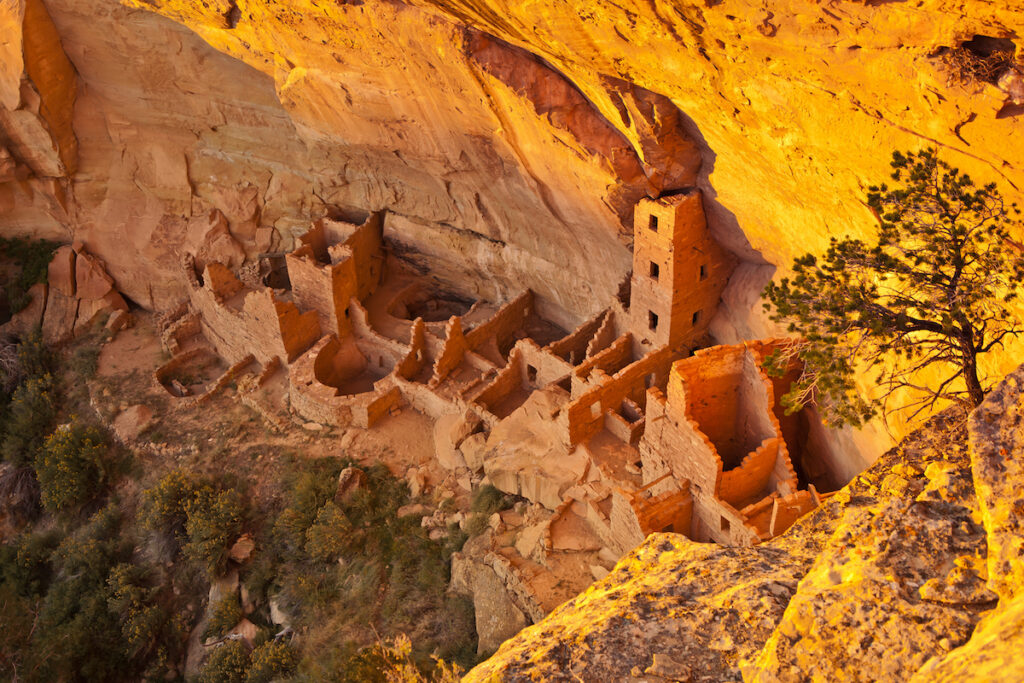
5. Mesa Verde National Park
Like Channel Islands, Mesa Verde has several challenges to access. The park cliff dwellings were created to be inaccessible.
The park offers an award-winning film to take you virtually inside the dwellings (with captions, audio description, and assistive listening available.
There are also artifacts available for tactile experience at the Chapin Mesa Archaeological Museum.
You can also download the Mesa Top Loop Drive audio tour and use it to guide your travel around the most popular road in the park.
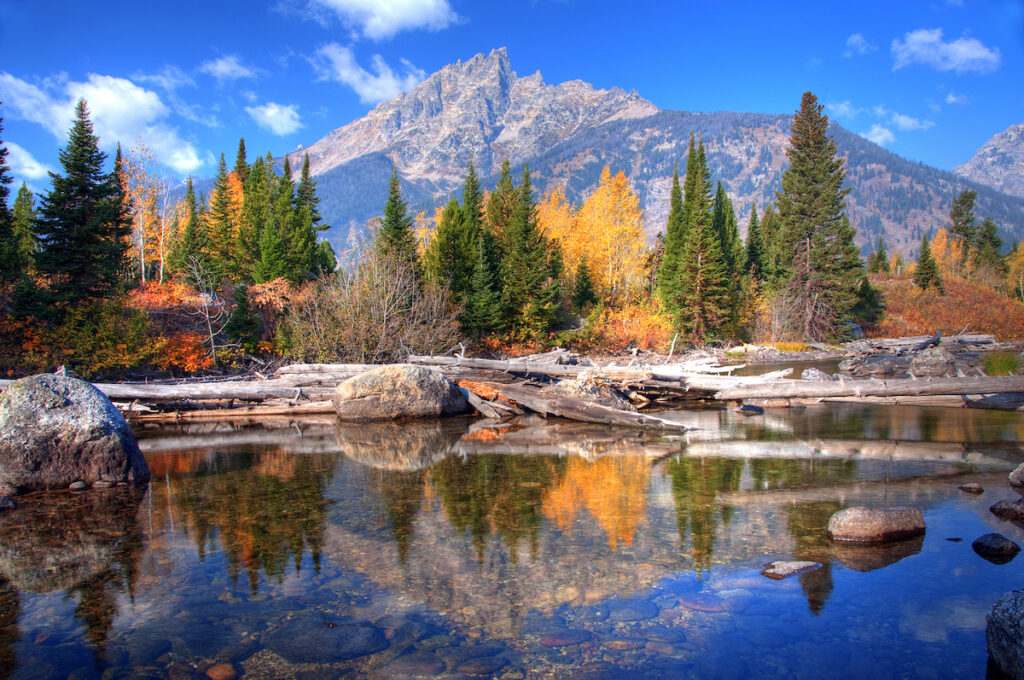
6. Glacier National Park
The historic Going to the Sun Road is one of the highlights of a visit to Glacier. It’s even better if you’ve downloaded the audio tour.
Glacier is also a winner of the NPS’s National Accessibility Achievement Award for its design around the new Jenny Lake. Its pathways and viewpoints are much improved in terms of access, and exhibits include tactile features to enhance the experience for all.

And if anyone wants wheelchair access into a glacial lake, this is the place. During early summer lake levels, the facility has been designed so you can roll your wheelchair into the lake. (Be prepared to quickly wheel yourself out of the lake once you’ve experienced what a glacial lake is like).

7. Cabrillo National Monument
Cabrillo National Monument is a previous winner of the NPS’s National Accessibility Achievement Award — recognized for its use of tactile models, exhibits, and displays. Around the grounds of the monument are bronze sculptures of important features, whether it be the historic Point Loma Lighthouse, or of blue whales that can often be seen from the monument’s ocean vistas.
The park also has a tactile talking pen and tactile map for use throughout the park. There are 40 signs that provide information for the device. It will give you brief information, and direct you to the next sign.
Pro Tip: I’m saving the best news for last — a free pass that gives free admission and never expires for people with permanent disabilities.
The Access Pass, available at parks or online, gives free admission and may reduce some other fees such as camping. If the park charges by the vehicle, then everyone in the vehicle gets in free.
To qualify, you need to be a U.S. citizen or permanent resident with a permanent disability. Even if it’s a partial disability, so long as it limits one or more aspects of your daily life or major life functions, you qualify. Diabetes mellitus, hearing loss, impaired vision, impaired mobility — these conditions and others will qualify.
Get it in advance. You don’t want to wait in line at a busy park on July 4 to do this. If you live near a less-busy, smaller NPS area, call them and see if you can get a pass there, rather than doing it when you’re in a rush on a cross-country trip. Ask what you need to bring. They may be more accommodating than the online/mail system.
Here is some more information that will help you enjoy national parks and other outdoor areas:
